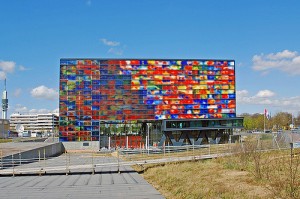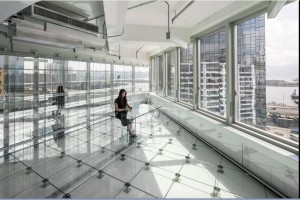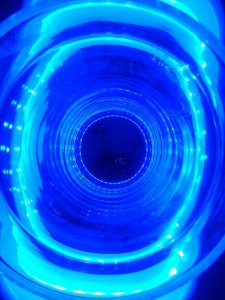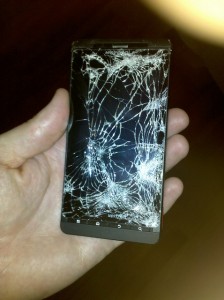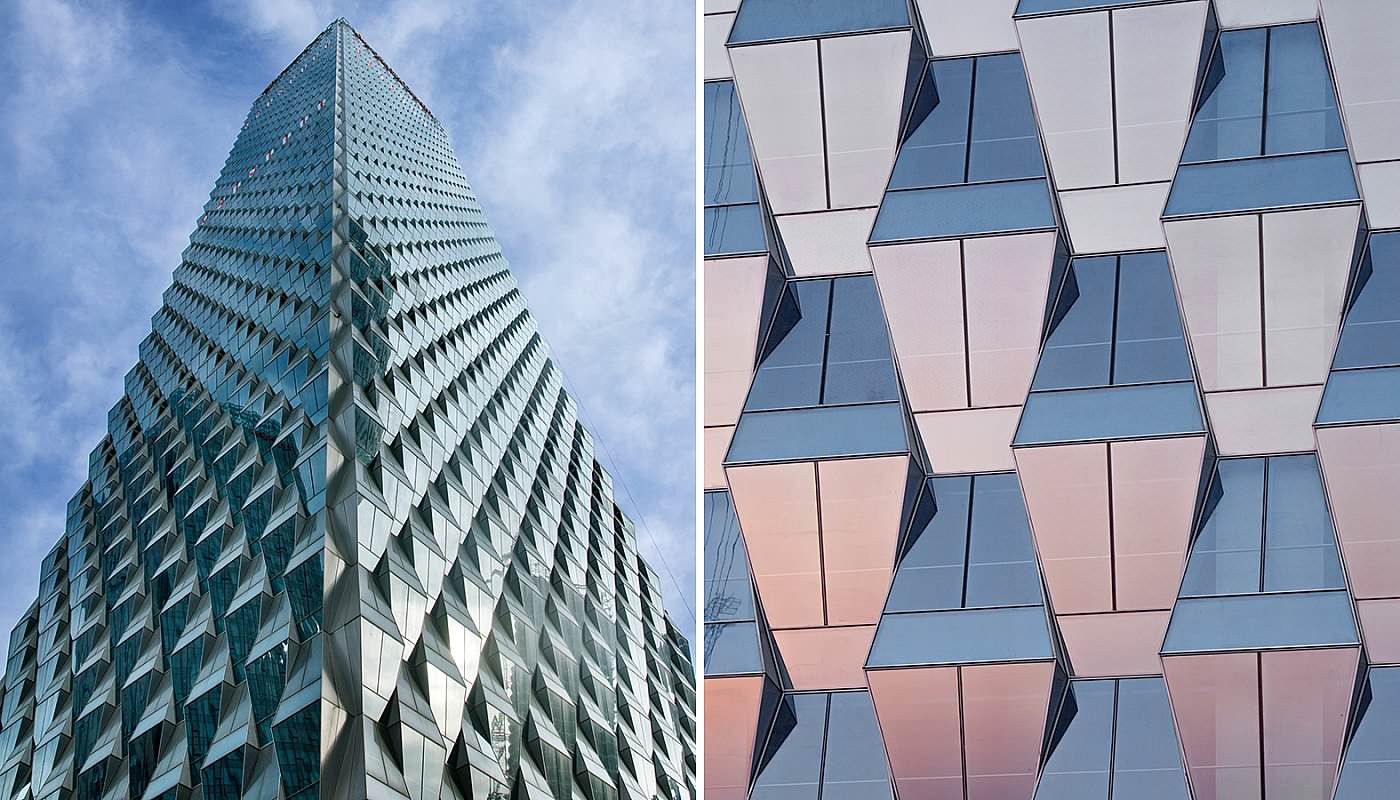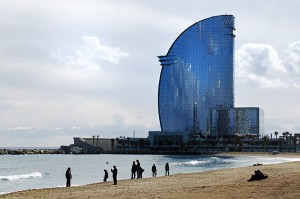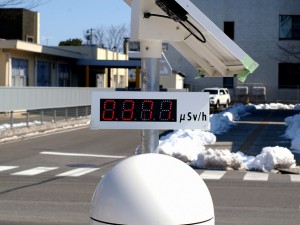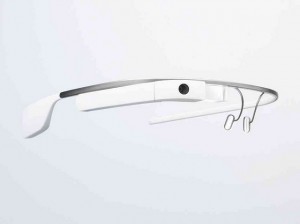Iconic Glass structures – Beeld en Geluid
The Netherlands Institute for Sound and Vision (Beeld en Geluid) is a Dutch cultural museum that collects and archives Dutch media, located in Hilversum, Noord-Holland. Currently, the museum’s collection exceeds 1,000,000 hours of film, video and audio recordings of Dutch cultural significance. The oldest recordings date to 1898.
Building employs unique glass printed panels
The 21,500 square-foot museum is cube-shaped, only half of which sits above ground. The building, designed by Architectenburo Neutelings Riedijk, is clad in 2,100 multicolored glass panels. Dutch graphic artist Jaap Drupsteen designed the building’s façade.
The panels are not simply colored glass. They contain nearly 750 relief images that were printed using a process that took three years to develop. The Netherlands Organization for Applied Scientific Research (TNO) developed the printing process and equipment. French glass manufacturer Saint Gobain Glass was instrumental in producing the panels over a six-month period.
The images were randomly chosen from among the museum’s collection, and were digitally printed onto the glass panels using a unique powder printing process that combined digital printing and slumping. The images are UV resistant and have proven to be exceptionally durable.
The powder printing process involved the deposition of red, yellow and blue colored glass powder, using a specially developed printer. The process also requires special software that converts an image’s cyan, magenta and yellow colors into the proper amounts of the colored glass powder. The process deposits the colored glass in three separate layers, and then heated to the point of melting. When the powders melt, they produce the desired color and the relief in clear glass.
The museum project was completed in 2006, and consists of the museum and offices, a shop, a theater, parking spaces, and a green roof that covers the underground parking structure. A multilevel pond with fountains and waterfalls provides a significant water reservoir for firefighting, should it become necessary to protect the museum’s collection.
If you’d like inspiration for your glass project, please visit the rest of our site. If you’d like to purchase Glassprimer™ glass paint, please visit our online store .
Photo Credit: Pieter van Marion, via Flickr.com

